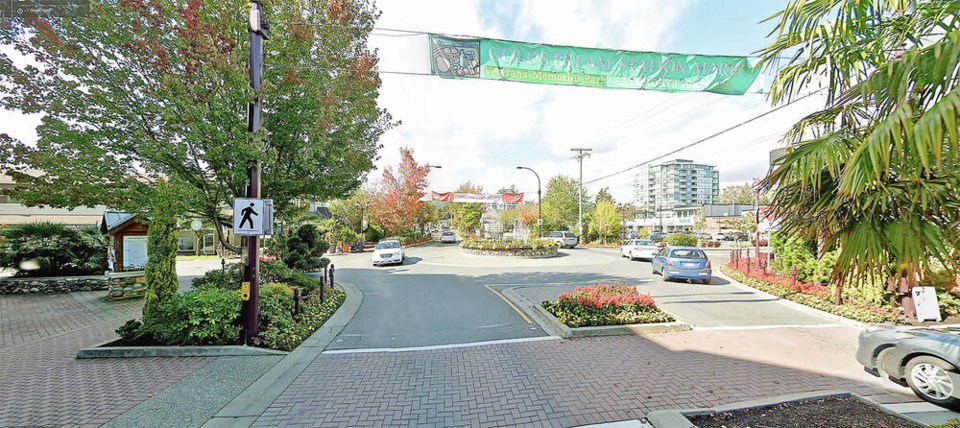A reader, Brian, wrote in a couple of weeks ago expressing frustration over what are known as “mini traffic circles.” He made some interesting points about a roadway configuration which, while certainly not a new concept in Canada, still leads to confusion for a lot of drivers.
Everyone will recall the hue and cry over the roundabouts installed at McTavish Road and the Pat Bay Highway, with their serpentine directional arrows pointing the way to Victoria International and beyond. I was once nearly crushed there by a southbound motorhome that had just exited the highway and clearly missed the “Yield to Traffic in the Circle” sign.
Roundabouts have actually been with us for decades now and the science and traffic-engineering consensus is that they are much safer than traditional intersections.
Their design compels drivers to both slow down then merge into one continuous direction to enter and exit, eliminating one of the most dangerous aspects of the traditional intersection — the “t-bone” crash.
The roundabout also reduces left-turn and head-on crashes, which are common in the traditional intersection. The statistics around this are hard to ignore.
In Australia crashes have been reduced by 37% where roundabouts have been installed. Studies worldwide are also showing impressive results. In the U.S., three independent research projects showed that injury crash reductions ranged between 72% to 80% where roundabouts were installed. In Europe, another study showed that injury crash reductions ranged from 25% to 87% with roundabouts in place.
But there is a learning curve for drivers raised in a culture where the traffic circle or the roundabout was previously unknown. This is especially true when a roundabout has more than one lane.
Crashes in a roundabout happen for three main reasons: you are run off the road by other drivers failing to yield without signaling their intention to exit the circle; you are rear ended by a driver failing to reduce to the appropriate speed while in the circle or; you are sideswiped by drivers exiting or entering the circle who, similar to an unsafe lane change, have not checked for your vehicle in their blindspot.
The key to safe passage is also highly visible and coherent signage that clearly explains the required speed, the direction of travel and the necessity to yield appropriately.
Other safeguards have included landscaping which actually limits the view of the roadway beyond the circle in order to compel a driver to focus on the immediate environment and negotiate the course of travel. This isn’t possible, though, in cases where allowances must be made for large vehicles to “cheat” over top of a semi-elevated central island in order to complete their exit.
Mini traffic circles are becoming more common throughout the CRD as well. The rules for them are essentially the same as their bigger siblings. In practicality though, these setups are essentially traffic calming schemes which work just fine in lighter traffic neighbourhoods.
I’ve seen them in the Gorge area and my practice is to treat them as four-way stops. If there’s someone coming in from my right I let them move through the circle and leave the intersection before I carry on.
Brian points out that where we run into difficulty is at places like Cook and Southgate where the flow of traffic is disproportionate between the main street (Cook) and the sidestreet (Southgate).
“Route driving,” which is another term for driving by habit or even complacency, occurs here because Cook was always the main drag and according to Brian, Cook Street drivers just keep assuming the right of way.
This kind of unbalanced traffic flow is identified by traffic experts as one of the six or so weak points about traffic circle implementation. They concede that a traffic light or a stop sign is actually a more effective and safer solution in such cases.
These instances call for better signage, clearly articulating the need to stop driving the “route” as you’ve always done in the past and yield appropriately as roundabout rules require.
In the appropriate places roundabouts are a better choice, not only for driver safety, but for their ability to keep traffic moving more smoothly, making for reduced emissions. Through polling, several cities have learned that their popularity almost always rises after installation.
The trick is slow and steady evolution so that we adapt from our old habits. Traffic flow is already a major problem throughout the south island. Roadways that keep things flowing smoothly reduce driver frustration and make everyone’s commute safer.



